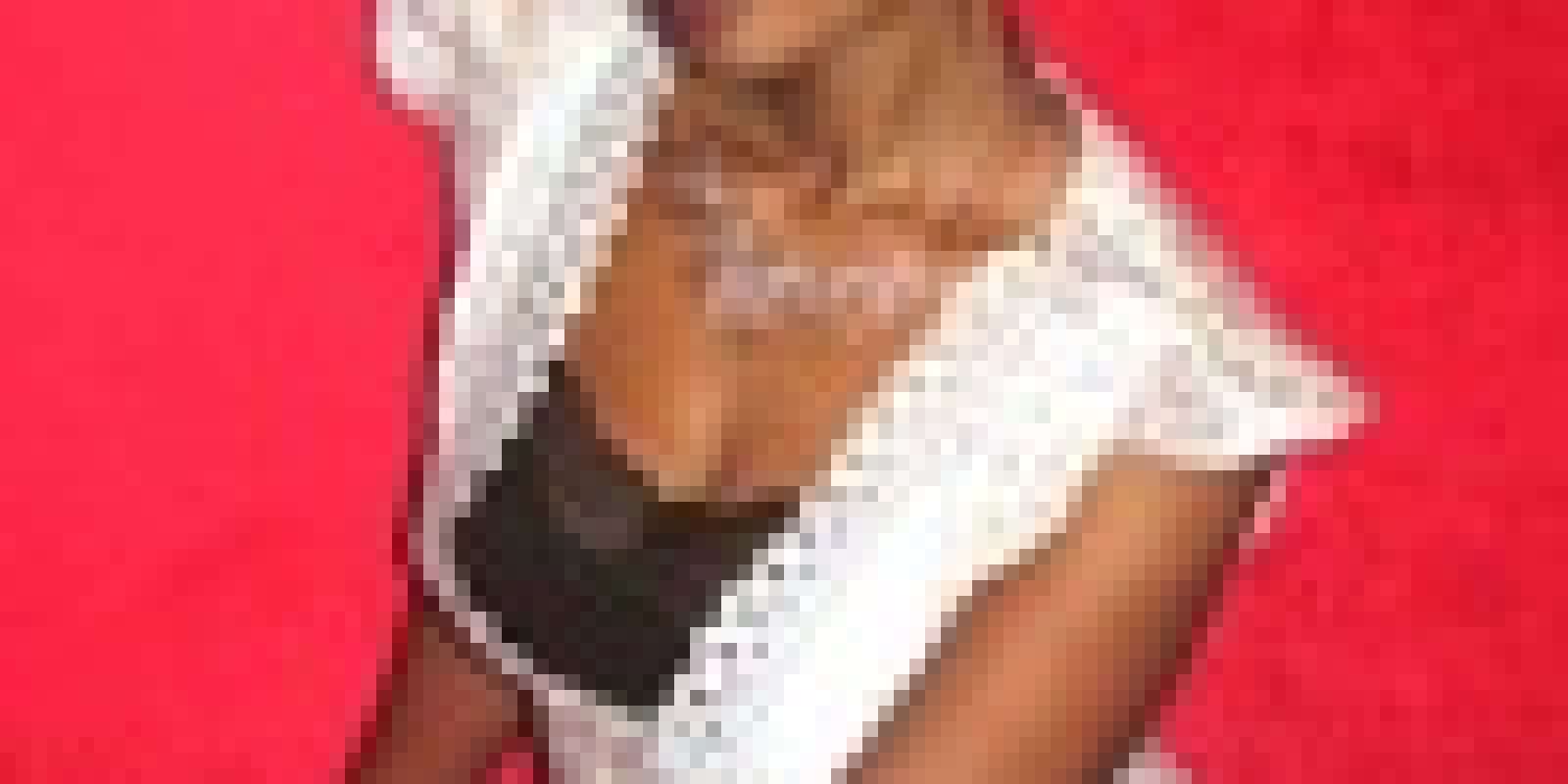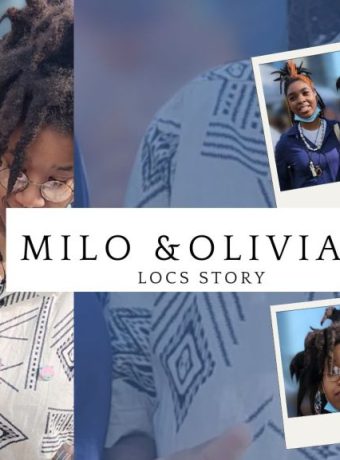 I am writing this because of the amount of love and respect that I have for my African-American sisters. At this point I know there needs to be a change in the way the media reflects African-American hair and beauty.
I am writing this because of the amount of love and respect that I have for my African-American sisters. At this point I know there needs to be a change in the way the media reflects African-American hair and beauty.

I am writing this because of the amount of love and respect that I have for my African-American sisters. At this point I know there needs to be a change in the way the media reflects African-American hair and beauty. When I was a young girl I remember seeing television commercials projecting beautiful Caucasian women with hair that was long and straight and flowed in the wind when they shook their heads. I also remember walking down the aisle of toy stores and seeing all European looking dolls with the same blue eyes and blonde, straight hair. Even when I watched television shows the majority of the actresses where of European descent. Seeing these images over and over put ideals in me that made me want to have hair like these women, and not only that but the only dolls I would want as a little girl were the Caucasian dolls that I would see on television. The older I grew the more I wanted to look like the women I saw in the media. I was constantly perming my hair, constantly straightening my hair, and adding weaves and dyes that were removing my hair from its natural state, all because I wanted to look like the beauties that I would see on a everyday basis in magazines and television.
There came a point in my life where I became frustrated with trying to keep up with European beauty, having to spend so much money on products and getting my hair styled, yet still having it dry, not growing, and not full and healthy as it should have been. Out of frustration I began reading more about natural hair, its versatility, and how to style it. This was a shift in consciousness for me because after learning all of these things about natural hair I was inspired to go natural myself, and it was one the greatest things I could have done. I have what some westerners would call dreadlocks, and since cutting my hair to remove the harsh chemicals my hair has become fuller and grown faster than it has ever been while having a perm to keep it straightened. Unfortunately to this day the dominate standard of beauty in America is the European standard, and is still projected in the media and magazines just as it was when I was a child. We still have the majority of African-American women in the united states who strive for a European standard of beauty. Even in so called Beauty Supply stores where the majority of African-American women shop for their beauty needs most of the products are designed to make their hair as close to a Caucasian womans hair as possible, whether it be from the chemical relaxers, the shampoos, hair sprays, or the hundreds of varieties of weaves that African-American women pay so much money for. Whether I’m flipping through the channels on television, or going to a drug or beauty supply store, the main images I see that represent beauty are of Caucasian women, this I think not only causes harm to an African-American womans psyche but it is an injustice to Black people all over the world.
Since the beginning of time blacks have used their African roots and their own artistry to create styles and standards that reflect their own unique black culture. When slavery first came into reality Africans were faced with their first loss of identity. The average hair grows about 1cm or a half inch per month depending on the individuals age and diet, and healthy hair has an average lifetime of 2-6 years. Because of our multi cultural heritage there really isn’t a type of African American hair. The texture can vary from medium to coarse and its curl pattern from straight to wavy to excessively tight, and its colors can range from blonde to red to all sorts of browns and black. Many people would say that imitating European standards of beauty and grooming was necessary for blacks to be accepted by white culture especially by their employers and in many cases is still a stigma to this day. I believe we are at a turn in the century where those ideals not longer have to linger. During the 1960’s the Afro was came about with the concept of “Black Is Beautiful”, and during the 80’s and 90’s West African traditional hairstyles began to resurface with many people getting braids that had traditional West African patterns. These are the images that need to be projected in the media.
The uniqueness and versatility of Black hair is what young women and girls need to see on a regular basis so that when they think of themselves and their hair they think good thoughts, not thoughts that will make them insecure about having natural hair because all of what they see is opposite to who they truly are. The images that are projected to us assist in creating the reality that we live in, and I look forward to the day where we can turn on the television, look in magazines, and walk in stores to see Black Women being represented for their true, natural, African beauty.




